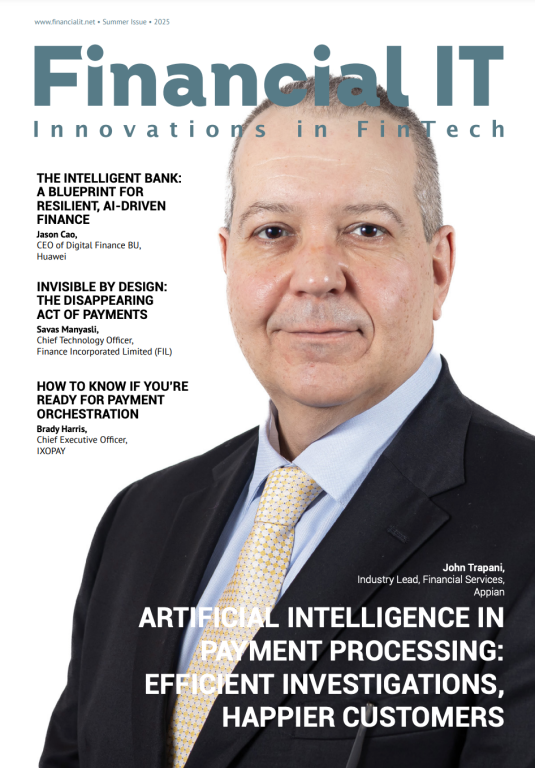My last article covered the importance of mapping out and getting to grips with your existing technology and data, and then set out your proposed future ‘to-be’ processes, as you build your business case for investing in your source-to-pay systems. This article will look at the process of identifying the must-haves for your future processes, mapping out what the new system will look like, and then designing an achievable roadmap for implementing the new system.
All content with RSS
Millions of people will be protected through strengthening regulation of interest-free Buy-Now Pay-Later credit agreements, under plans announced by the government today (20 June).
From this month, customers of The Cumberland will find it easier to monitor their carbon spending with a tool to measure and reduce their carbon footprints.
The human need to communicate is as old as time. The first printing press, which introduced the era of mass communication, and status updates on Facebook, while hundreds of years apart, both have one thing in common – they demonstrate our desire to connect with one another through communication.
Protean eGov Technologies Limited (formerly NSDL e-Governance Infrastructure Limited), a market leader in universal, citizen-centric and population-scale e-governance solutions and PayNearby, India’s leading digital payments and largest branchless banking network today announced a strategic partnership to offer PAN-related services for PayNearby’s retail partners through Aadhaar and biometric or SMS-based OTP authentication for their customers.
Worldline India, a global leader in payment services has partnered with Bajaj Finance Limited (BFL), the lending arm of Bajaj Finserv Limited and India’s largest and highly diversified NBFC company, to develop point-of-sales (POS) payments acquiring solutions for its merchant network.
The apex bank of India today announced a blueprint for the regulation of payment systems under Vision 2025. Earlier, vision 2021 had envisaged a new era of digital transactions, to provide Indians with e-payments options that were fast, secure, efficient, and affordable. While the pandemic raged across the country, India was on a path to realising this vision, and digital payments grew phenomenally in volume and popularity, with a constant thrust from the government, and the rise of rural fintechs.
Traditional ways of facilitating and monitoring company spend can place a lot of demand on staff and members of the finance team, both in terms of time and resources.
Through automation, the process can be cleanly managed end to end. Freed up from cash, company cards and reimbursement, finance teams can be spared the work of piecing together the picture after the fact and focus on more strategic aims.
Automated spend systems capture:















